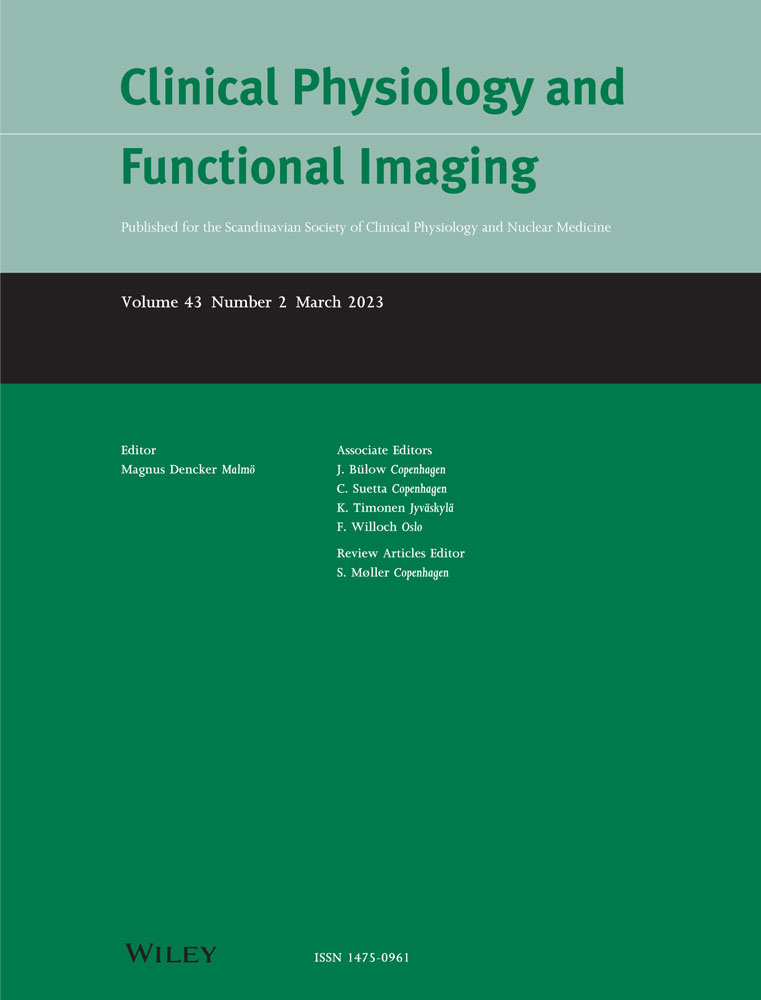Impellizzeri FM1, Bizzini M1, Rampinini E2, Cereda F3, Maffiuletti NA1
1, Neuromuscular Research Laboratory, Schulthess Clinic, Zurich, Switzerland; 2, Human Performance Laboratory, Mapei Sport Research Center, Castellanza, Varese, Italy;3, Corso di laurea in Scienze Motorie, Universita` Cattolica, Milano, Italy

The main aim of this study was to examine the absolute and relative reliability of some commonly used strength imbalance indices such as concentric hamstring-to-concentric quadriceps ratio, eccentric hamstring-to-concentric quadriceps ratio and bilateral concentric and eccentric strength ratios. An additional aim was to examine the reliability of the peak torque and work of the knee extensor and flexor muscles measured using the Cybex NORM dynamometer. Eighteen physically active healthy subjects (mean +/- standard deviation, age 23 +/- 3 years, height 176 +/- 5 cm, body mass 74 +/- 8 kg) were tested three times with 96 h between sessions. Peak torque, average work, unilateral and bilateral ratios were determined at 60, 120, 180 and -60 degrees s-1. Low (0.34) to moderate (0.87) relative reliability (intraclass correlation coefficient, ICC) was found for strength imbalance ratios with eccentric hamstring-to-concentric quadriceps ratio showing the greater ICC (>0.80). High ICC values (0.90-0.98) were found for peak torque and average work. Absolute reliability (standard error of measurement) ranged from 3.2% to 8.7% for strength imbalance ratios and from 4.3% to 7.7% for peak torque and average work measurements. This study established the reliability of the most common strength imbalance ratios and of absolute isokinetic muscle strength assessed using the Cybex NORM.
Clin Physiol Funct Imaging. 2008 Mar;28(2):113-9. Epub 2007 Dec 7.
PMID: 18070123 DOI: 10.1111/j.1475-097X.2007.00786.x